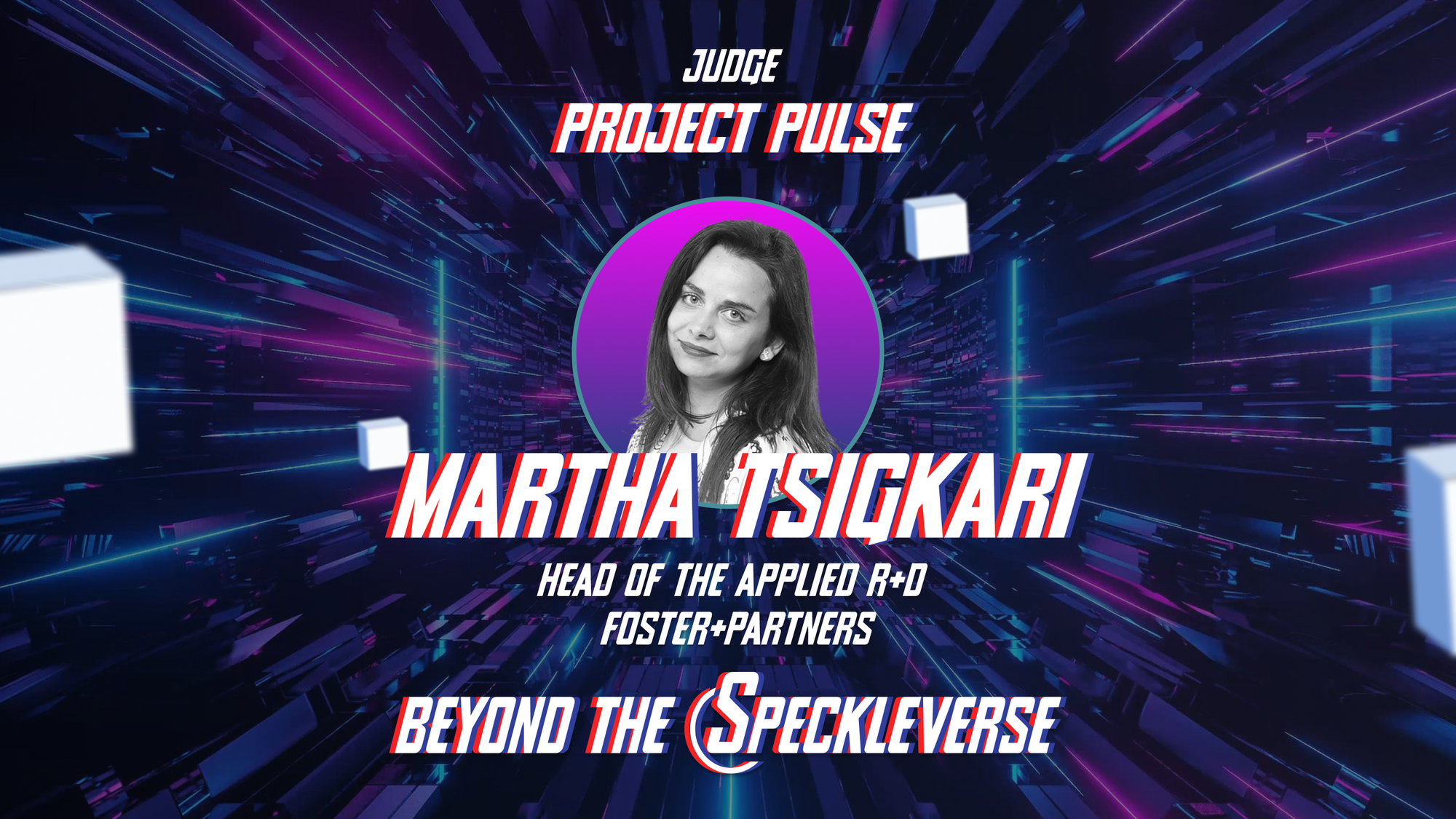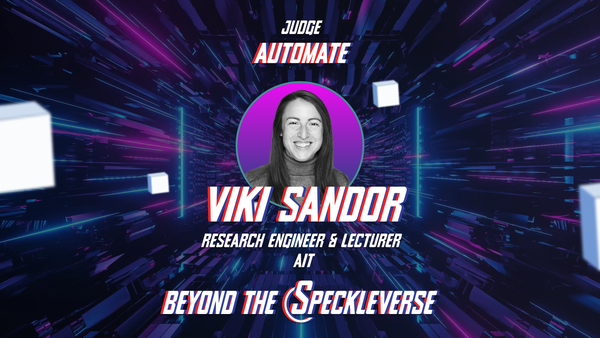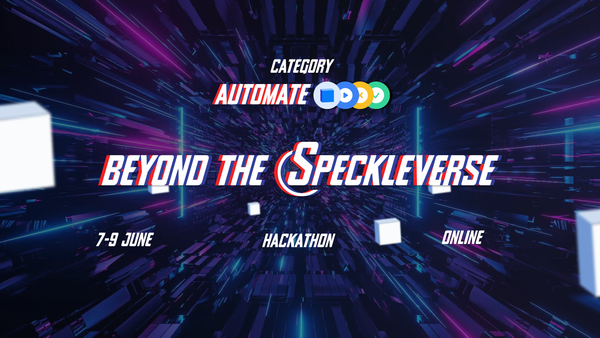Already on the verge of signing up? Do it now, read later!
We are excited to introduce Martha Tsigkari, the judge for the Project Pulse category. Simply put, Martha is a force to be reckoned with. Not only is she an Associate Professor at UCL and one of the Senior Partners at Foster + Partners, but she also heads their pioneering Applied Research + Development group. Her extensive background in architecture, engineering, and computer science, coupled with her expertise in computational design and Machine Learning (ML), means Martha holds a treasure chest of AEC knowledge. Today, we get to peek inside!
Martha Tsigkari: Bridging Disciplines with Innovation
Tsigkari has been an agent of transformation in the AEC industry for over two decades, infusing projects with advanced computational strategies and optimisation processes. Her work has touched on landmark projects such as the new international airport for Mexico City, the Queen Alia Airport, Zayed National Museum, the UAE Pavilion for the 2015 Milan Expo, the Lusail Iconic Stadium for the 2022 FIFA World Cup, and more.
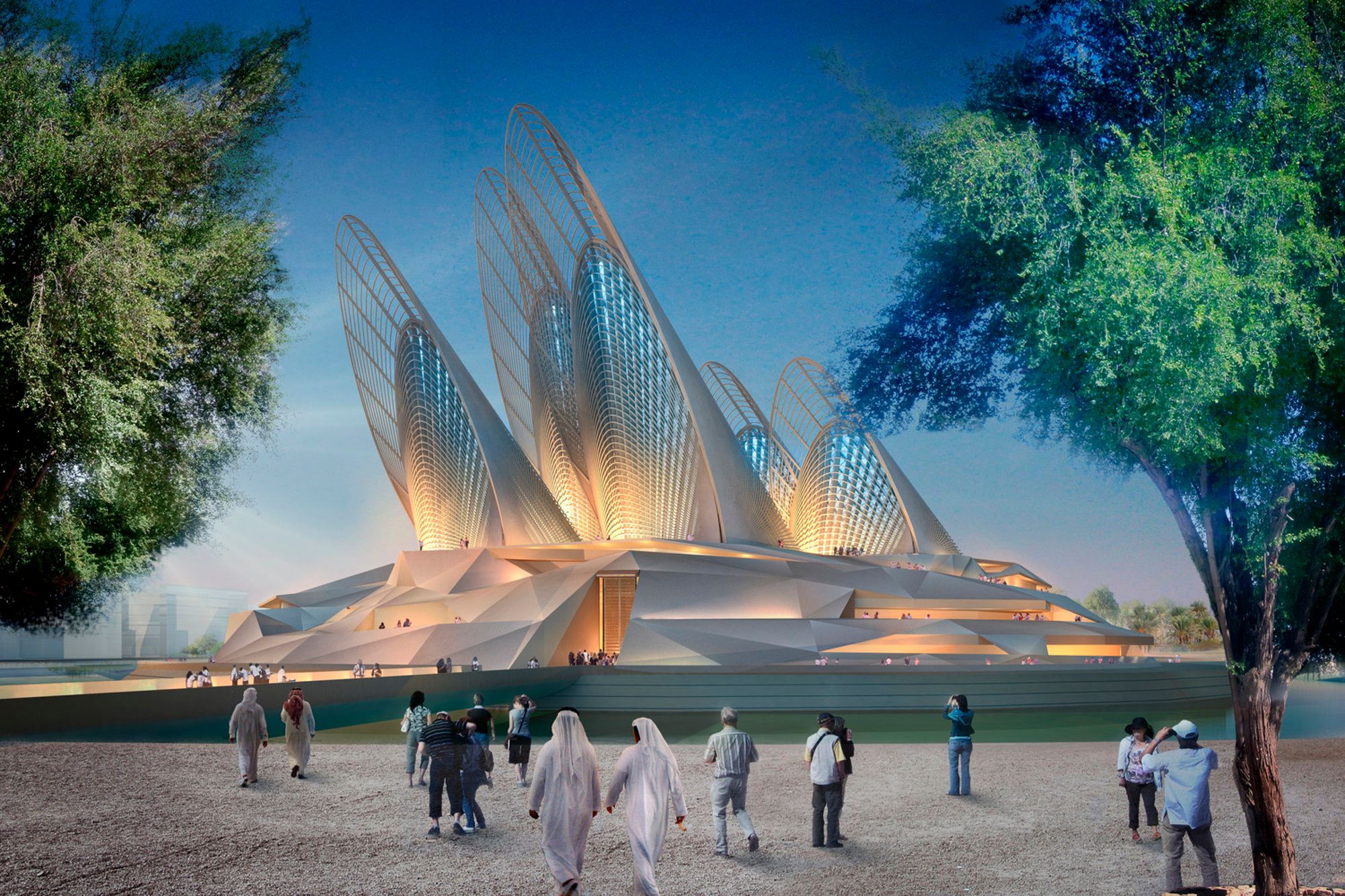
“I have always been interested in anticipating what's coming next. This forward-thinking approach that my team shares has guided us in developing a variety of products and services that leverage technologies not typically found within the AEC industry but have the potential to revolutionise it. There is significant potential for automation through ML. The rise of AI agents and API-first approach for software will revolutionise our work. In the future, your voice will be the primary interface, as AI agents will understand how to integrate applications and information seamlessly.”
::: tip
Did you know you can effortlessly extract and exchange data in real time between the most popular AEC applications using our tailored connectors with Speckle today?
:::
Steps Ahead in Computational Design
At the ARD department of Foster + Partners, Martha leads a multi-disciplinary team of coding architects, engineers, developers and data scientists. They’re dedicated to integrating state-of-the-art research in areas ranging from performance-driven design to machine learning applications in architecture. We’re talking about deep neural networks, genetic algorithms, and the creation of simulation tools that enhance the design and construction process:
“No one can deny the transformational potential that AI & ML hold for AEC and all creative fields. These technologies will be a significant focus of our discussions over the next decade, alongside other critical issues such as interoperability, which may simplify some aspects while complicating others”, she points out.
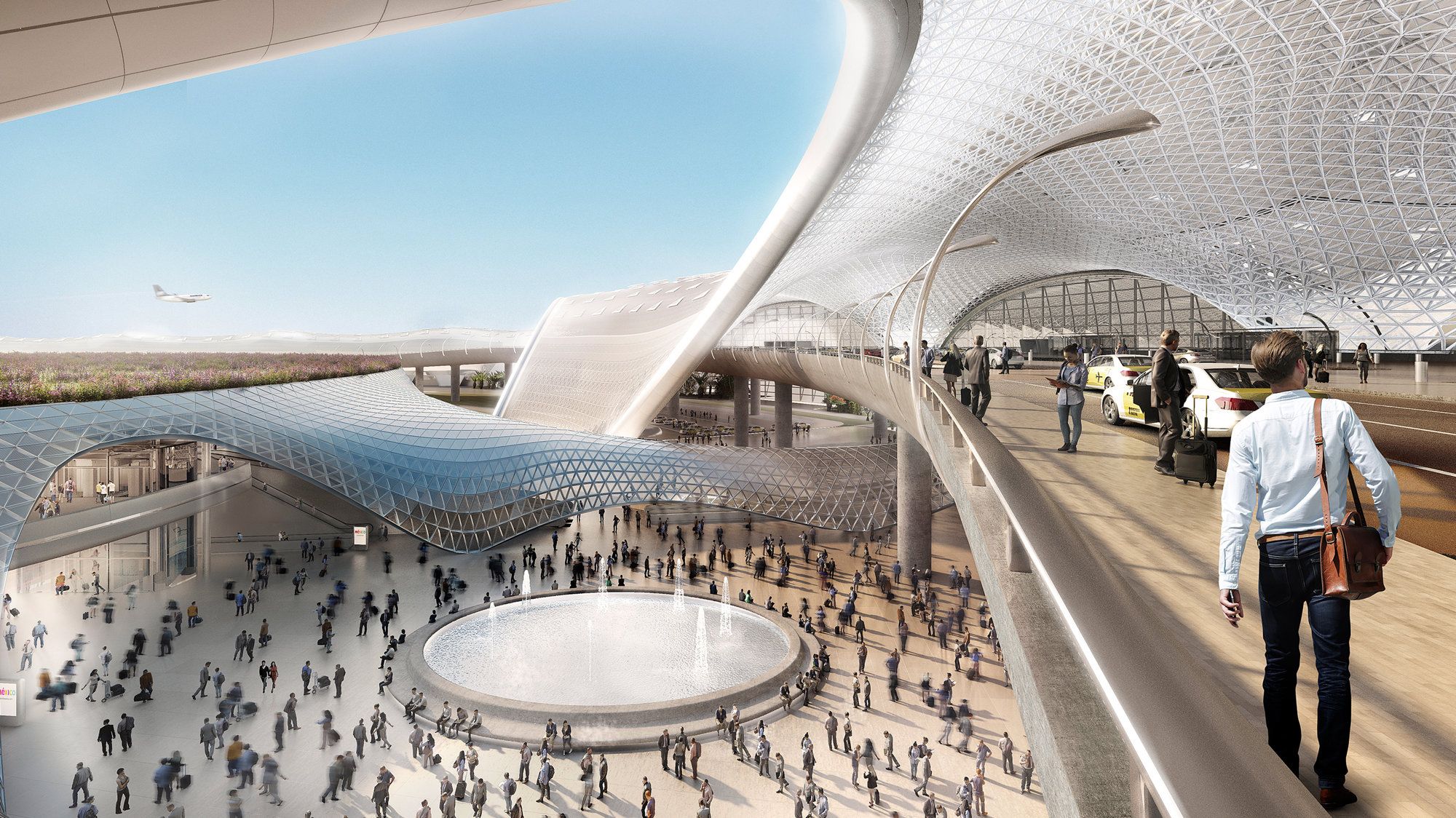
Martha believes the potential of AI in AEC hinges on the quality and quantity of available data. While abundant data can fuel effective applications, it’s crucial to standardise this data across the industry. This approach helps mitigate biases and tackles legal complexities, such as intellectual property and copyright issues. Martha is concerned that these critical factors are often overlooked, which could hinder the successful integration of AI in architectural practices.
“If we consider the potential that AI holds, it's clear that data drives everything related to AI and ML. Data is going to be the primary commodity we buy and sell in the future, but this is already happening! Some forward-thinking companies recognised the potential of data decades ago. Look at Google, for example—its development and success are rooted in its innovative collection and use of data.”
Martha’s Pro Tip for Hackathon Success
Martha encourages hackathon participants in the Project Pulse category to think big. She urges you to explore how your solutions can integrate data and computational design to enhance architectural projects.
“I don't expect full implementation, but rather a great idea with a solid foundation. I look for people who think outside the box and tackle issues in clever ways, rather than using buzzwords to seem interesting. So in many cases, the most ingenious hacks are not the sort of ideas that are very photogenic or social media worthy, but are the ones that are doing the job and I think that's what I would be looking for”, advises Martha.
She stresses the importance of simplicity in development, suggesting that a straightforward application solving real problems is far more valuable than a complex one meant to impress. Her core message is a reminder that you shouldn’t focus on making yourself an exceptional individual within the industry, but rather make sure the solutions you develop can be exceptionally beneficial to others.
Amazing! But What Now?
Inspired by Martha’s insights? We are excited to see how you will use them to challenge the norms of project management and push the boundaries in the Project Pulse category.
Ready to make a mark with your ideas?
You can get your Speckle account today and subscribe to our newsletter below if you'd like to receive more content like this:

